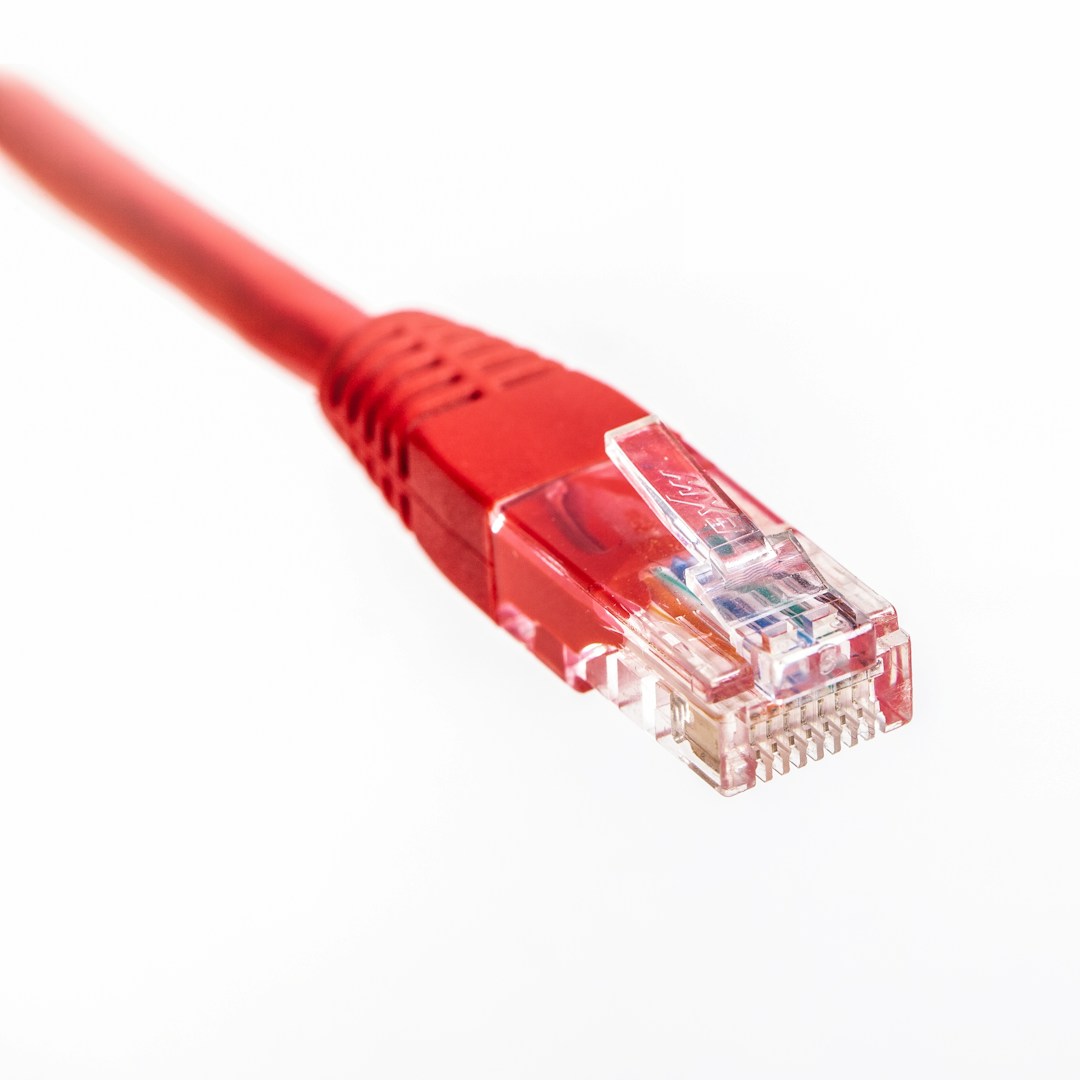25
2025
-
06
What does RJ45 connector mean?
Author:
I. Definition and Use
- Full Name : Registered Jack 45, abbreviated as RJ45.
- Core Function : Transmits Ethernet data (such as internet signals), supports wired network connections, and is one of the most commonly used physical interfaces in Local Area Networks (LANs).
- Application Scenarios : Home broadband, enterprise network cabling, server rooms, router/switch interfaces, etc.
II. Appearance and Structure
- Similar to a 'crystal head' with a plastic shell, containing 8 internal metal contacts (pins). Its appearance is similar to the RJ11 connector used for telephone lines, but it is larger (RJ11 is 4 or 6 pins).
- The plug (male) and jack (female) are used in pairs. The jack is often integrated into network devices (such as computer network ports) or network cable modules.
- The 8 pins are arranged in a specific order, following T568A or T568B wiring standards (the two wire orders are different, but functionally equivalent). Common wire orders are as follows:
- T568B Standard (More common): White-orange, orange, white-green, blue, white-blue, green, white-brown, brown.
- The pin numbers are 1-8 from left to right, where 1/2 are used for transmitting data, 3/6 for receiving data, and other pins are reserved or grounded.
III. Differences from RJ11
| Comparison Item | RJ45 | RJ11 |
| Number of Pins | 8 pins (8P8C) | 4 pins or 6 pins (4P4C/6P6C) |
| Application Area | Ethernet (network data transmission) | Telephone lines, low-speed serial communication |
| Size | Larger | Smaller |
| Transmission Rate | Supports 10Mbps to 10Gbps | Usually only supports low-speed signals |
IV. Transmission Rate and Classification
V. Key Characteristics
Gold-Plated Contacts : Metal contacts are often gold-plated (as mentioned earlier, goldflash plating), improving conductivity, corrosion resistance, and wear resistance to ensure signal stability.
Shielded and Unshielded :
Unshielded (UTP) : Commonly used in ordinary scenarios, low cost;
Shielded (STP) : With a metal shielding layer, strong anti-electromagnetic interference capability, suitable for industrial environments or strong interference scenarios.
VI. Practical Application Examples
Home Network : Computers connect to routers via RJ45 network cables to obtain internet signals.
Enterprise Cabling : Network cables in offices connect to switches via RJ45 modules to build a LAN.
Monitoring System : Network cameras connect to monitoring hosts or switches via RJ45 interfaces.
Summary
RJ45 connector
25
2025-06
What does RJ45 connector mean?
19
2025-06
19
2025-06
18
2025-06
18
2025-06
17
2025-06
17
2025-06
Industry 4.0 Essentials: Have You Chosen the Right RJ45 Connectors for Your Factory Automation?
Contact Us
Factory add: NO.54. Jinhu South Road, Chenjiang Town, Zhongkai Hi-tech Zone, Huicheng District, Huizhou city, China
Telephone:0752-2099791
Office add: B901-1, Silver Star Hi-Tech Building, No. 1301 Guanguang Road, Longhua District, Shenzhen, China
Website:www.jiaxunzg.cn
Telephone:0755-81752121
Fax: 0755-81752963
Mailbox:sales1@jiaxunzg.cn
Mailbox:sales2@jiaxunzg.cn
Mailbox:sales3@jiaxunzg.cn
Copyright © 2024 Jiaxun (Huizhou) Intelligent Technology Co., Ltd. Privacy Policy






